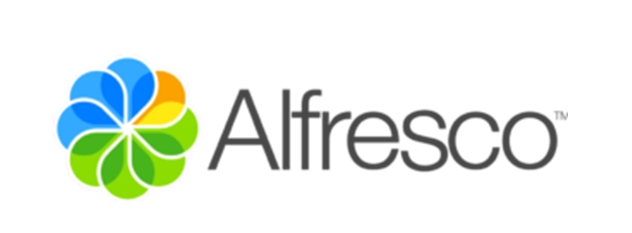We’ve been writing about the value of metrics-driven PR to drive revenue and lead generation for brands in order to tie media coverage directly to results for our clients. We call it metrics-driven PR. In this post, we will describe how to use market research to drive news coverage and thought leadership as part of a metrics-driven PR program.
Market research is a great tool for understanding a market, how customers view your brand as well as its competitors, and for laying out a roadmap of what prospects want to see in a product to make it the most useful for their business needs. At Bluetext, we believe that market research can go far beyond customer insights to create news hooks that can be pitched out to key target publications. But it’s not so easy – there must be careful thought given to what question need to be asked, and what answers should be anticipated that will deliver those results.
When our clients are proposing market research for their internal purposes, our first request is if we can add several questions to the survey. That way, there’s not extra budget needed for the research. We’ve also paid for questions on national “omnibus” surveys when no other vehicle is available. Here’s the filter that we use to ensure we will get results that will generate news coverage:
- Is it credible? In other words, does the survey pass the simple test of giving statistically significant and defensible results. Many companies will offer to conduct surveys that they send to their own database. The problem with that is that isn’t statically sound from a scientific standpoint. We believe that using a validated research instrument and process that meets industry standards is a requirement to get publications to write about the findings.
- Is it topical? It’s easy to find interesting results in survey responses, but if it isn’t related to something important in the industry, such as a relevant trend, it will hard to place.
- Does it challenge the conventional wisdom? The best stories that come out of surveys are those that go against the grain of what everyone thought was true. Reaffirming what everyone already assumes may be important, but it’s not as interesting. Asking questions that will give answers that are unexpected will generate far more coverage.

An example. Alfresco is one of the leading content management software platforms that is a challenger brand to some of the larger competitors in the market. As such, it was imperative to make inroads against better-known competitors. One of the strategies we developed as a way to establish better name-recognition and thought leadership was a comprehensive media outreach program. As part of the program, we saw the the company was conducting a market research survey to better understand potential target customers.
Managing corporate email in a regulated environment is a key feature of the Alfresco content management offering. During the 2016 elections, when the use of emails by candidates was a much-argued topic, we added a brief question to the market survey: How often do you use your personal email for company/government business? While we had no idea how respondents would answer this, we were confidant that whatever the survey showed, it would be relevant to the election.
The results that came back also challenged the conventional wisdom: 25 percent of respondents working for government agencies reported that they sometimes used their own personal emails to conduct business. With those results, we were able to secure media coverage in the Wall Street Journal, The Washington Post, Forbes, Fast Company, and dozens of other major business publications. The Washington Business Journal syndicated an article on the findings to each of its 46 different publications around the country.

The results drove substantial thought leadership for Alfresco that could be measured by reach and share of voice and allowed the company to reach its pr goals.